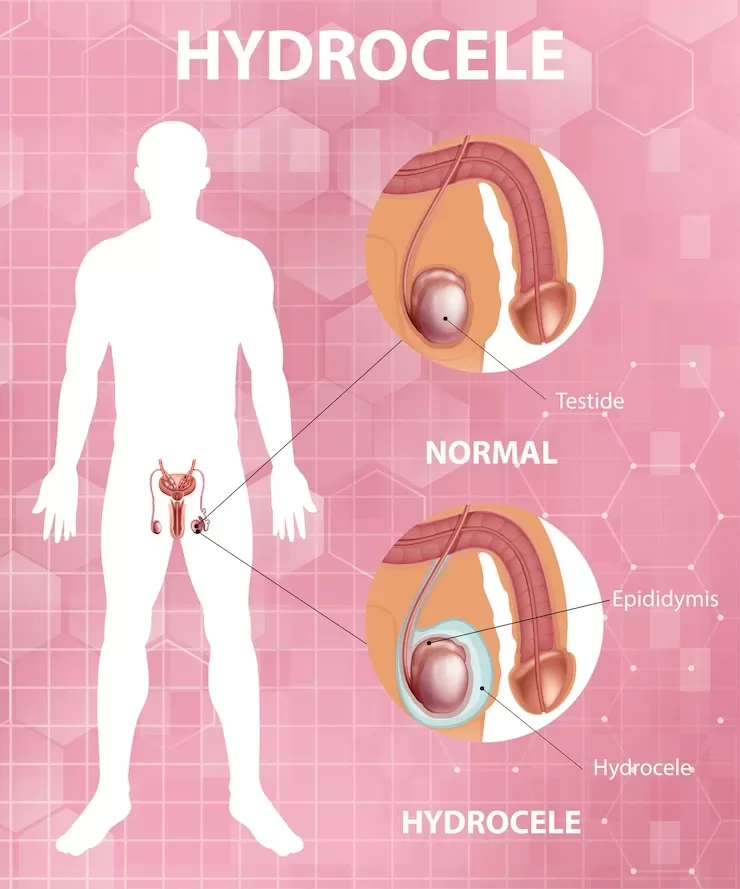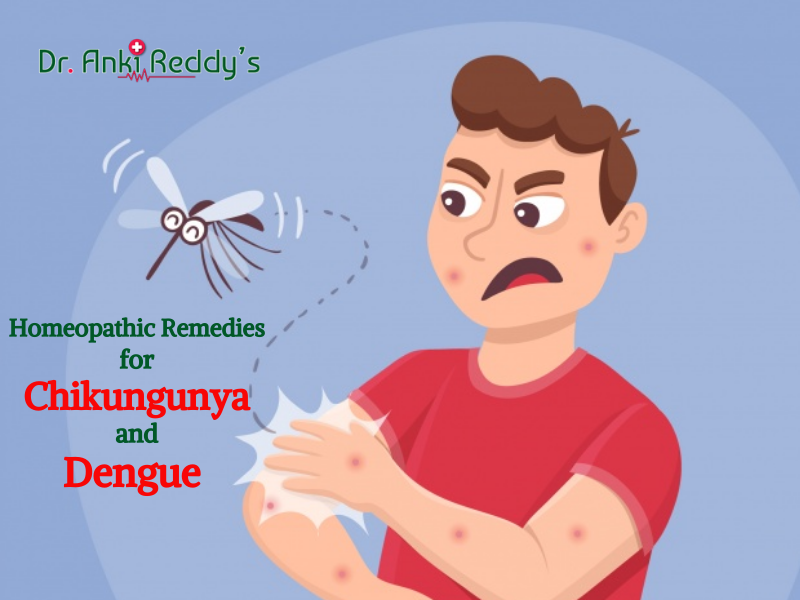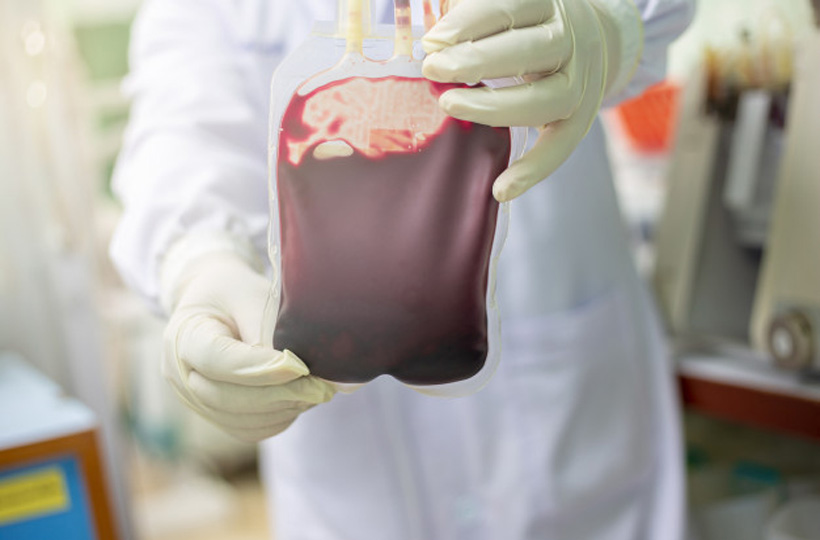Hydrocele and Hydrocele homeopathic medicine effect?
Hydrocele can be treated by homeopathy well. It is worth trying out hydrocele homeopathic medicine for effective results. It is important to meet a homeopath and get all details of treatment.
Hydrocele indicates swelling in the scrotum that holds the testicles. It does arise from a collection of excessive fluid in the sheath (tunica vaginalis) surrounding one’s testicle. Hydrocele can be congenital i.e. a child may be born with Hydrocele or it can develop later in life. The causes of hydrocele developing late in life are inflammation or injury within one’s scrotum. Homeopathic medicines for Hydrocele, if started well in time, can rather help avoid surgery and its side effects.
Hydrocele homeopathic medicine
Homeopathic medicines for Hydrocele are of natural origin, thus making them safe for use on children as well as adults. They do not carry any sort of toxic side effects. Homeopathic medicines do help reduce swelling in one’s scrotum as well as any associated symptoms such as pain or dragging sensation.
Homeopathic medicines do help reduce swelling in the scrotum and other symptoms associated with it such as pain or dragging sensation.
Medicines recommended for this health condition are also homeopathic like Rhododendron, Digitalis, Arnica, and Pulsatilla.
Failure to the closure of process the vaginal termed patent processus vaginalis, which does lead to the accumulation of fluid into tunica vaginalis termed hydrocele. It is known as communicating hydrocele.
Tunica vaginalis has two layers, the inner is the visceral layer as well as outer is the parietal layer. A pouch is formed between these two layers. Fluid accumulated in this pouch on account of defects between secretion as well as absorption is termed a non-communicating hydrocele.
Homeopathy does treat the person as a whole. It does imply that homeopathic treatment does focus on the patient as a person, as well as his pathological condition. The homeopathic medicines are rather selected after a full individualizing examination as well as case analysis, which does include the medical history of the patient, physical and also mental constitution, etc.
List of homeopathy medicines for Hydrocele
- Rhododendron
- Lodum
- Aurum metallicum
- Selenium
- Spongia tosta
- Zincum metallic
Types of hydrocele
- Communicating
- Non-communicating

Communicating hydrocele – ( this is usually discovered in infancy): It is indicative of failed closure of the tube by which testifies descended from the abdomen to the scrotum (processus vaginalis) during intrauterine life. It is similar to a hernia except that the sac connecting the abdomen to the scrotum does contain only fluid rather than abdominal contents as in a hernia.
Non-communicating hydroceles – No connection to the peritoneal cavity can be noticed. Fluid accumulated in the tunica vaginalis due to a defect between secretion and absorption is known as a non-communicating hydrocele.
Clinical features of Hydrocele
- Fluctuant, painless swelling of the affected scrotum
- It can be present since infancy or childhood.
- Impulse on coughing proves to be negative (positive in congenital hydrocele)
- Testis cannot be palpated separately.
- Positive transillumination
Other treatments for Hydrocele
This usually does resolve spontaneously within 6 months of birth, if not following techniques are made use of:-
- Aspiration of fluid via needle.
- Sclerotherapy – An irritating agent which is injected into the hydrocele helps in the narrowing of the cyst.
Indications for surgery
- If spontaneous resolution does not occur in children by 1 year of age
- Excessive discomfort or even perhaps if scrotal skin integrity is rather compromised
- An underlying pathology is suspected
- Testicle not palpable
- If infertility is a concern
Complications of Hydrocele
- Hydrocele may indeed rupture spontaneously or due to any sort of trauma.
- It can protrude out from the muscular layer of the scrotum. This makes the case more difficult to treat.
- Hydrocele may indeed transform into hematocele on account of bleeding into the sac. Trauma may indeed be the reason for the bleeding.
- There may be calcification of the sac if not treated on time.
- Infection which may lead to proceed.
- Atrophy of the testis may occur in long-standing cases.








There are no comments